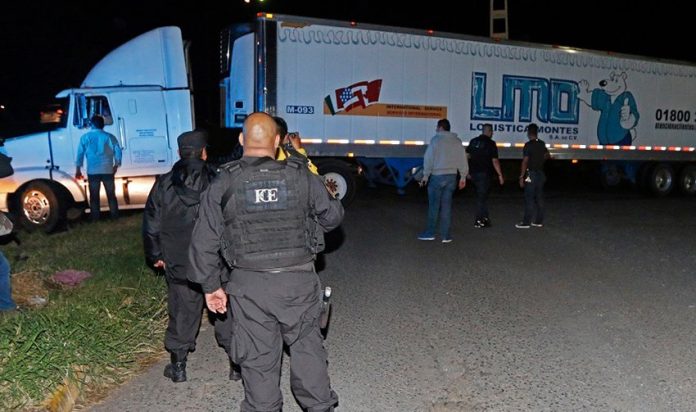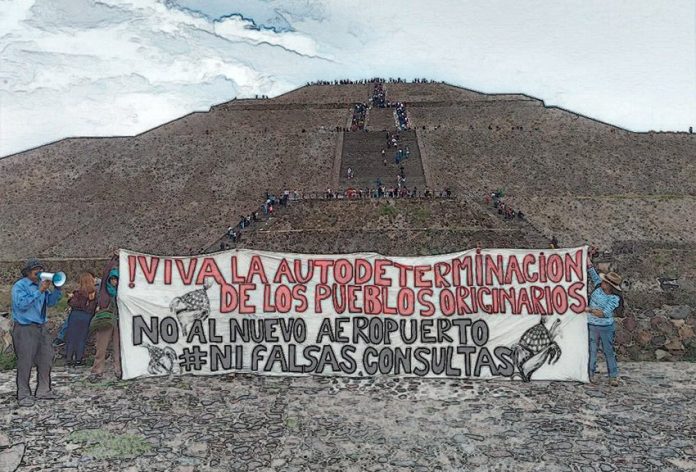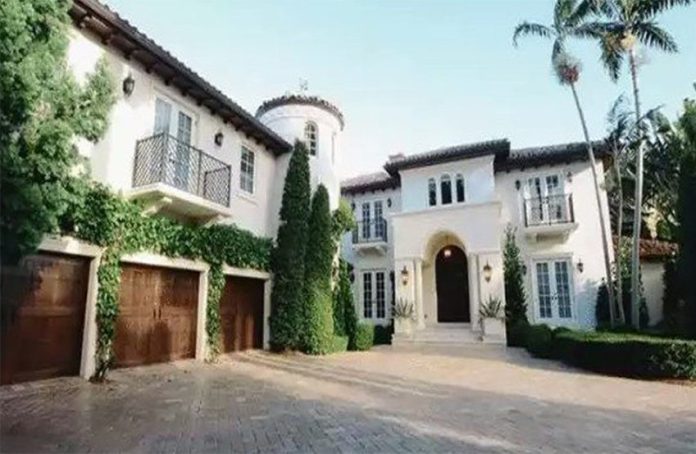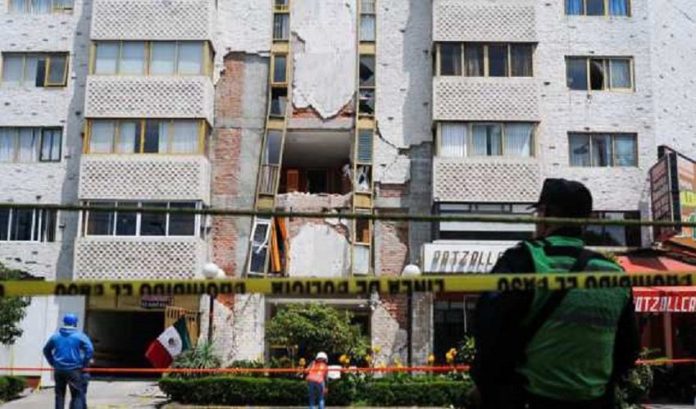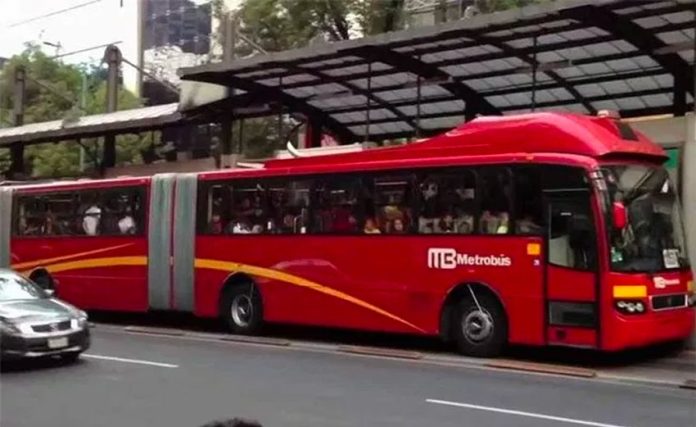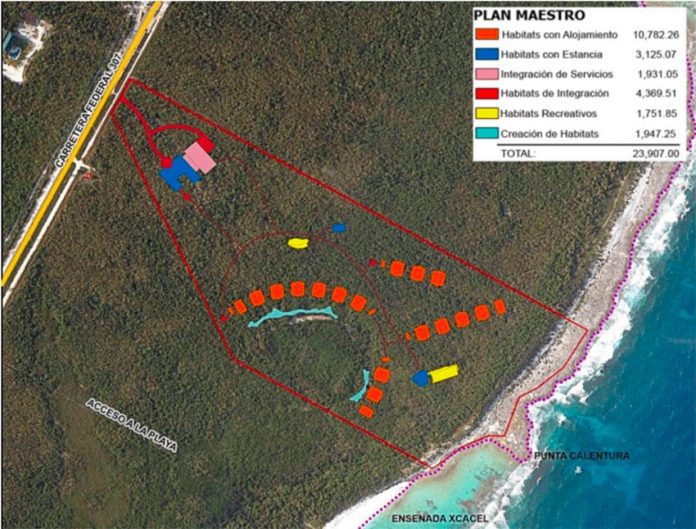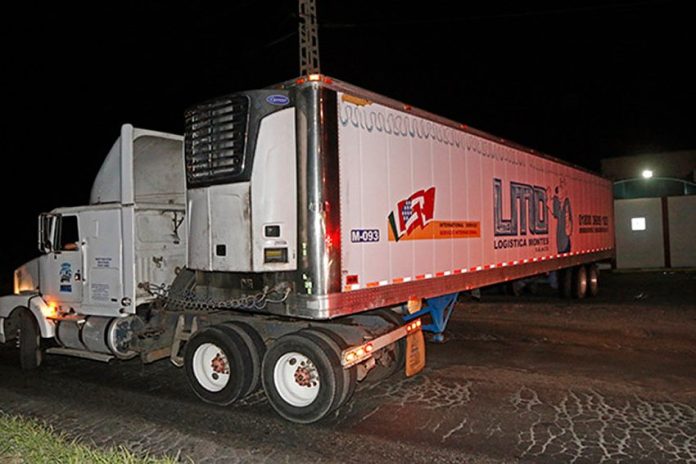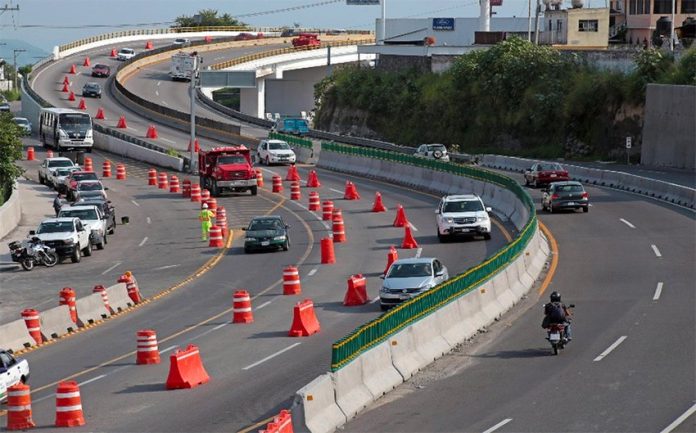In just under one month Mexico will be celebrating its 10th annual Design Week, an event that carries extra weight this year because Mexico City has been named World Design Capital 2018.
The first city in the Americas (including the United States) to be awarded this prestigious title, Mexico’s capital is just bursting with world-class designers and architects doing new and innovative things. The designation illustrates that Mexican design is up there with the best.
Related events have been taking place all year and will culminate next month during Design Week Mexico, from October 10 to 14. Mexican designers are looking to place the country well and truly on the map when it comes to design and architecture, showing Mexican work to be new, fresh and truly inspiring. The city will come alive with events ranging from exhibitions, conferences, design tours, and even documentary film showings.
The World Design Capital award came about after years of preparation by the team at Design Week Mexico, led by some of the city’s leading architects and designers.
“We worked on this from 2015,” Design Week deputy director Carla Sofia Elizundia told Mexico News Daily, explaining that for the whole team it was a great accomplishment that has been “key to opening up collaborations” with the federal government and museums across the city and the country.
Design Week Mexico has helped to put Mexican design back on the map, in its own country. In 2011, the Fabrica Mexicana exhibition at the Museum of Modern Art was the first time an exhibition of entirely Mexican designers had been seen within Mexico for 40 years, Elizundia explained, showing that the country’s design scene is “mature and strong enough to stand on its own.”
She went on to describe how just seven years ago, design shops in Mexico such as Blend would stock 90% international designs. Now, however, people want Mexican-made options, and these stores now stock more local products than international.
In addition, Mexico City has seen design stores like Happening and Lago DF, which place an emphasis on Mexican design, popping up in various neighborhoods and competing with international design stores.
In addition, many of the city’s best bars, restaurants and hotels are being designed by local architects and are attracting design buffs from around the globe to check out these modern cutting-edge spaces in one of the world’s emerging capitals.
Mexico’s varied and beautiful handicraft tradition has long been admired globally. However, while “Mexico has a strong culture . . . many don’t imagine that we are as modern as we are,” said Andrea Cesarman, co-founder of Design Week Mexico. She hopes that this increased focus on Mexico will help to redress that balance.
The variety of design and architecture coming out of Mexico these days is as varied as any other capital on the world stage. Clothes designer 1/8 Takamura takes inspiration from Asia and parts of Mexico, while others draw influences from Europe, Africa and beyond. Mexican design doesn’t have to mean bright colors, cacti and Frida Kahlo prints; it is as vibrant and diverse as any of the other major players.
Young Mexico City designer Juskani Alonso put it well when he said “the only thing that Mexican designers have in common is that they are Mexican.” Clarifying further, he explains that “looking for a common language among Mexican designers is impossible since the cultural identity of Mexico is immense. Therefore the common ground among us all is ‘being Mexican’ — which is no small thing — and it has enabled us to create and grow the design scene in our country.”
Mexico’s incredibly deep roots in design traditions cannot and should not be ignored and one of the most exciting upcoming events is called Visión y Tradición, which will be held at the Museum of Anthropology.
It is a showcase of work produced as a collaboration between traditional artisans and modern designers. It is one of the events that Elizundia is most excited about since the aim is to generate a dialogue between traditional production and contemporary design.
The Rufino Tamayo Museum is hosting an event entitled, Inédito, a particular favorite of Andrea Cesarman. Out of 300 design proposals received from an open call to designers, 80 were picked and will be showcased. It is an exhibition of utilitarian design that will be judged, and the winner’s design will be produced.
Xavier Lorand is a designer to watch in this exhibition: his furniture designs won him an honorable mention in last year’s competition and this year he will be making furniture using coffee. The incorporation of recycled material in contemporary pieces is the kind of thing that is pushing boundaries on the Mexican design stage.
Design Week is also taking design and architecture beyond the walls of the capital’s museums. Parque Lincoln in the Polanco neighborhood will be part of an exhibition called Diseño Contenido, Contained Design, which will showcase the commercial design work of a number of creators across 20 shipping containers. Moving from container to container visitors will be able to access design in their local park. Ephemeral installations will also appear upon the water in the same green space during Design Week.
The Creativity and Change Program at the Museum of Anthropology is one for those who like to discover the concepts and theories behind the arts. Both Mexican and international designers and architects, like David Adjaye from the United Kingdom and Dror Benshetrit from the U.S., are in the line-up to talk about their work.
For those interested in buying design pieces or seeing many designers in one place, the Expo DW in Expo Reforma will be home to hundreds of stands selling goods. Look out for designers from Barcelona since Spain’s cultural capital is this year’s invited city at the event.
There will also be hop-on-hop-off bus tours around the Miguel Hidalgo neighborhood that take visitors to a number of different showrooms and galleries, and for those who enjoy design as the retaking or reactivating of urban spaces, Territorio Urbano will be showcasing experimental design across five central neighborhoods in the capital.
Behind the scenes, Design Week Mexico is also forging collaborations between universities in the city to bolster and inspire a new generation of emerging designers. Design students can attend talks and conferences at 10 different universities, and every Wednesday until the end of the year there will be talks at Espacio CDMX about responsible design.
There is no doubt that this year’s Design Week Mexico is going to be bigger, better and more exciting than ever and it is very likely that we will be seeing more and more emerging Mexican designers and architects taking their place on the global stage in the years to come.
Susannah Rigg is a freelance writer and Mexico specialist based in Mexico City. Her work has been published by BBC Travel, Condé Nast Traveler, CNN Travel and The Independent UK among others. Find out more about Susannah on her website.

